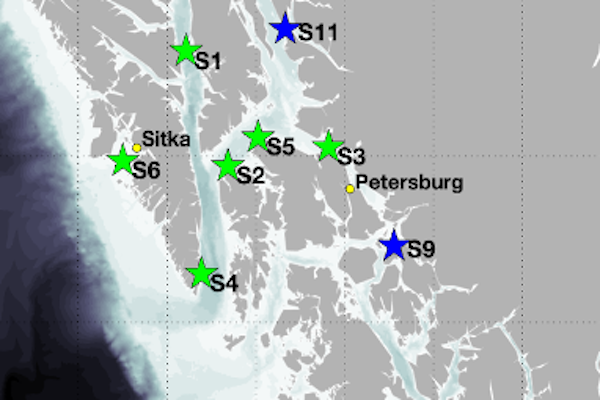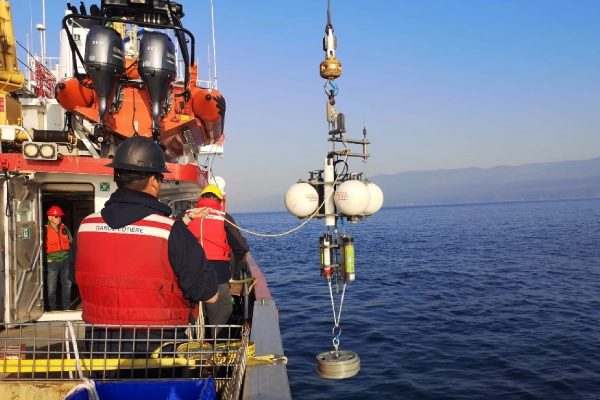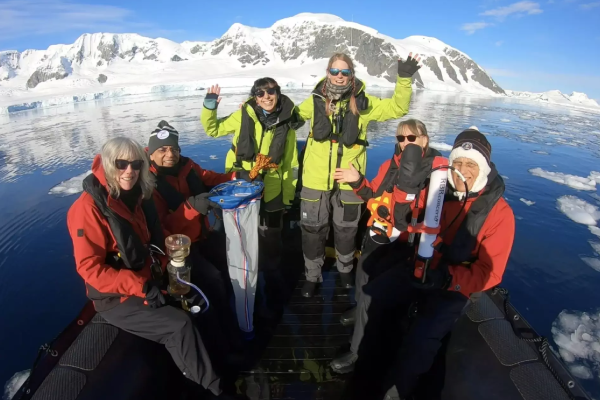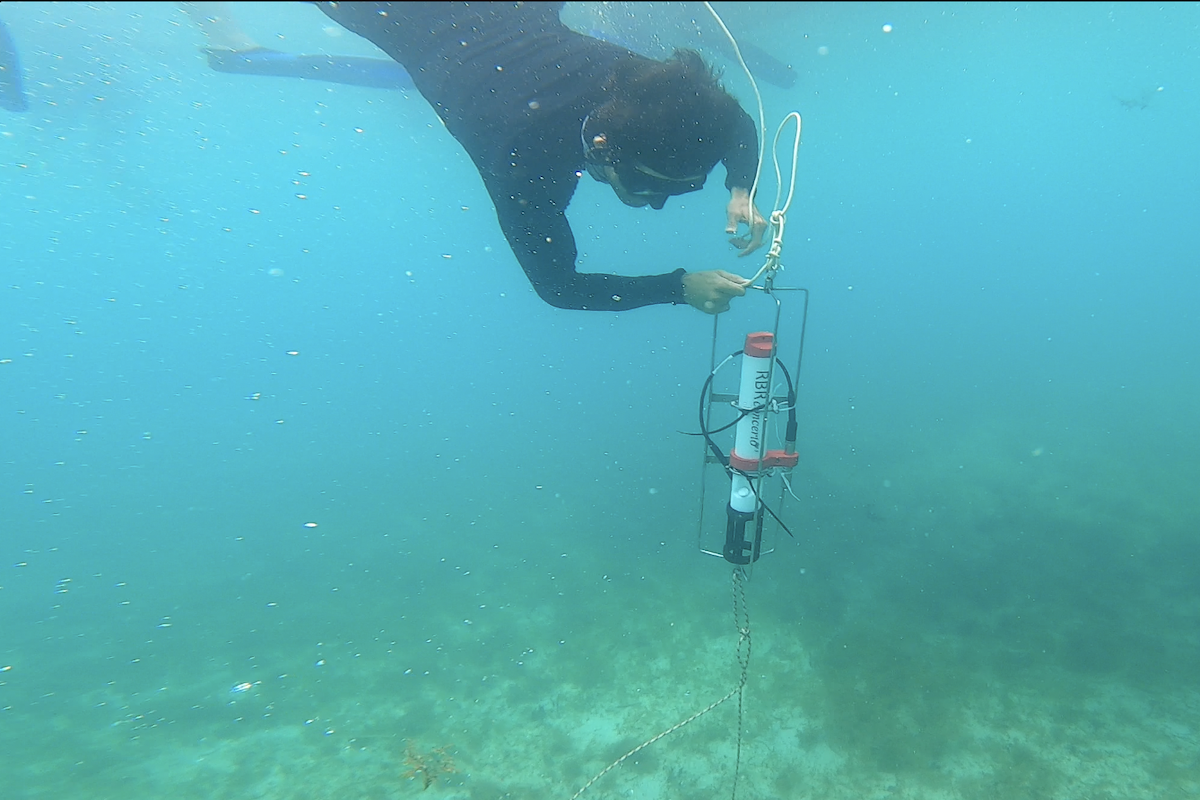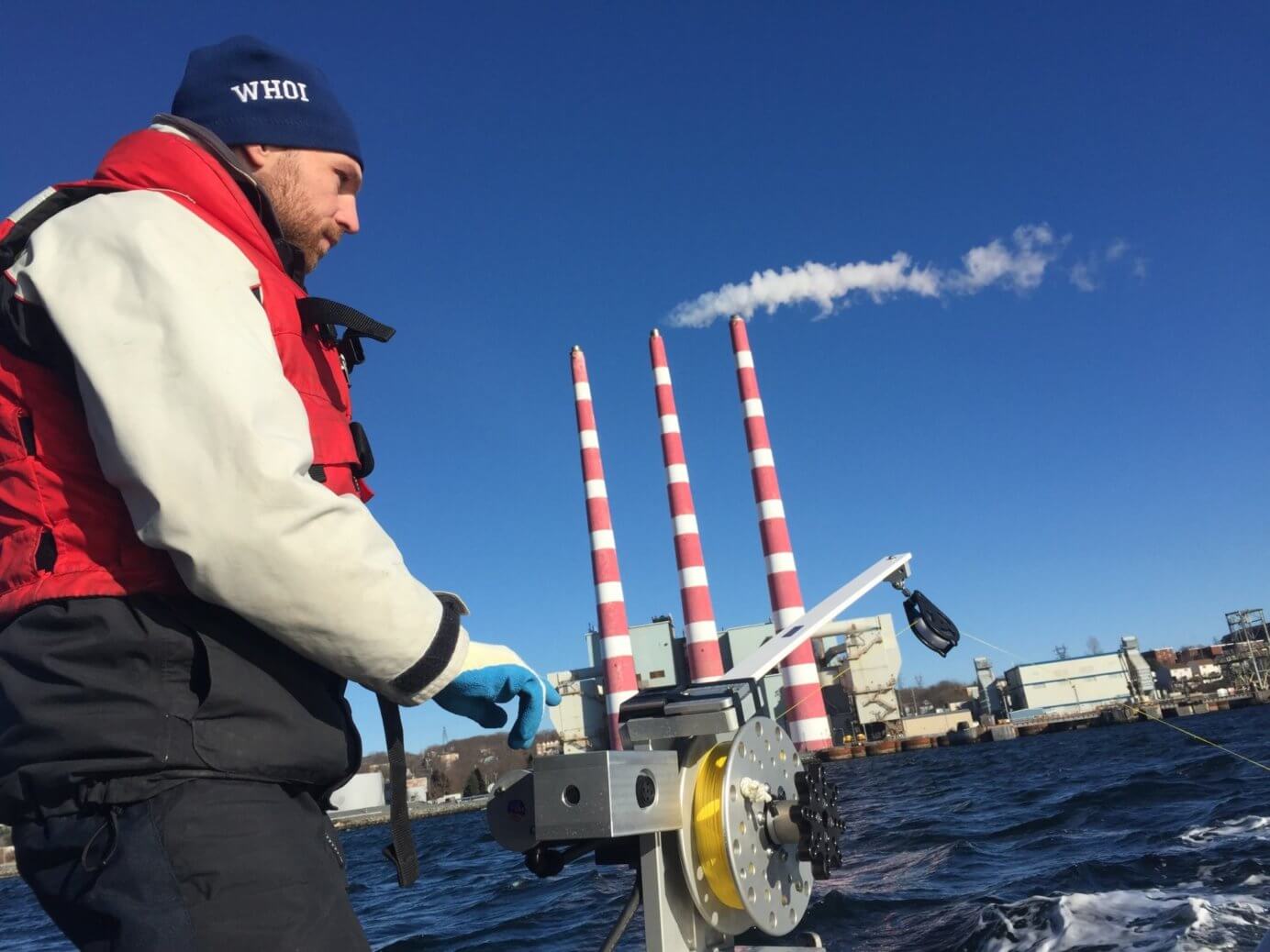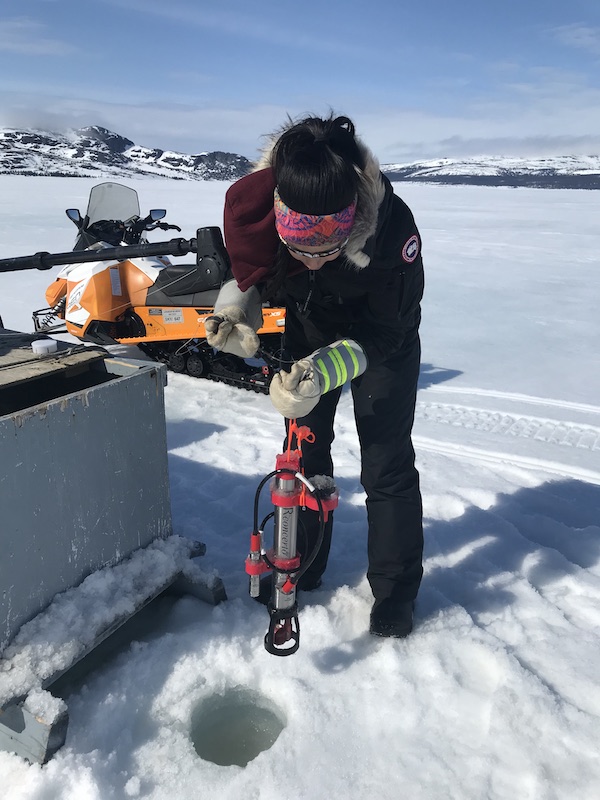The ocean surrounding Southeast Alaska is a geomorphically complex area in the Northeast Pacific. Despite the complexities of this area and the numerous stakeholders interested in this ocean ecosystem, much of the region has, until recently, been lacking a regular monitoring program. In 2022, Tyler Hennon, an Assistant Research Professor at the University of Alaska Fairbanks, started a comprehensive oceanographic … Read More about Trolling for data in Southeast Alaska
Monitoring sound in the Salish Sea: how scientists are trying to understand the decline of Southern Resident Killer Whales
The Salish Sea, located on the west coast of Canada, is bounded by the lower mainland of British Columbia to the east, Vancouver Island to the west, and the state of Washington to the south. This Sea is a bustling location, with millions of people living along its shoreline and numerous vessels sailing through its waters daily. It is also … Read More about Monitoring sound in the Salish Sea: how scientists are trying to understand the decline of Southern Resident Killer Whales
FjordPhyto: Citizen science in the Antarctic
Air and ocean temperatures have notably increased in the Antarctic since the 1950s, with publications finding that it is the third fastest warming region on Earth and that 87% of its glaciers are in retreat. Its nearshore, fjord-dominated areas are particularly sensitive to this glacial retreat, the effects of which can be detected throughout this crucial ecosystem where local megafauna … Read More about FjordPhyto: Citizen science in the Antarctic
Constraining the dynamics of the Gulf of Urabá estuary and inspiring the next generation of Colombian scientists
Colombia’s Gulf of Urabá has historically been at the centre of many unanswered questions. The semi-enclosed tropical estuary is located in the southwestern Colombian Caribbean and is the largest estuarine system in the country. Despite its size, until recently it was one of the least studied ecosystems in Colombia. This changed in 2018, when scientists from the University of Antioquia, … Read More about Constraining the dynamics of the Gulf of Urabá estuary and inspiring the next generation of Colombian scientists
Evaluating the safety and efficacy of ocean alkalinity enhancement
Ocean Alkalinity Enhancement (OAE) may be a relatively safe way of storing CO2 in the ocean, potentially for thousands of years. This technique mimics natural weathering processes but accelerates them by adding low doses of alkalinity to the ocean’s surface, slightly increasing its pH and enhancing its ability to absorb CO2 from the atmosphere. Despite the enormous potential for OAE … Read More about Evaluating the safety and efficacy of ocean alkalinity enhancement
Bridging local knowledge and scientific monitoring in coastal Nunatsiavut communities
The Arctic, a region greatly affected by climate change, is experiencing some of the highest rates of warming compared to the rest of the globe. Although much research has focused on understanding the resulting changes in these high-latitude ocean regions, there is a noticeable gap in coastal zone monitoring. This coastal area is often the most utilized and important to … Read More about Bridging local knowledge and scientific monitoring in coastal Nunatsiavut communities
